Birds Dinosaur Descendants rule the skies

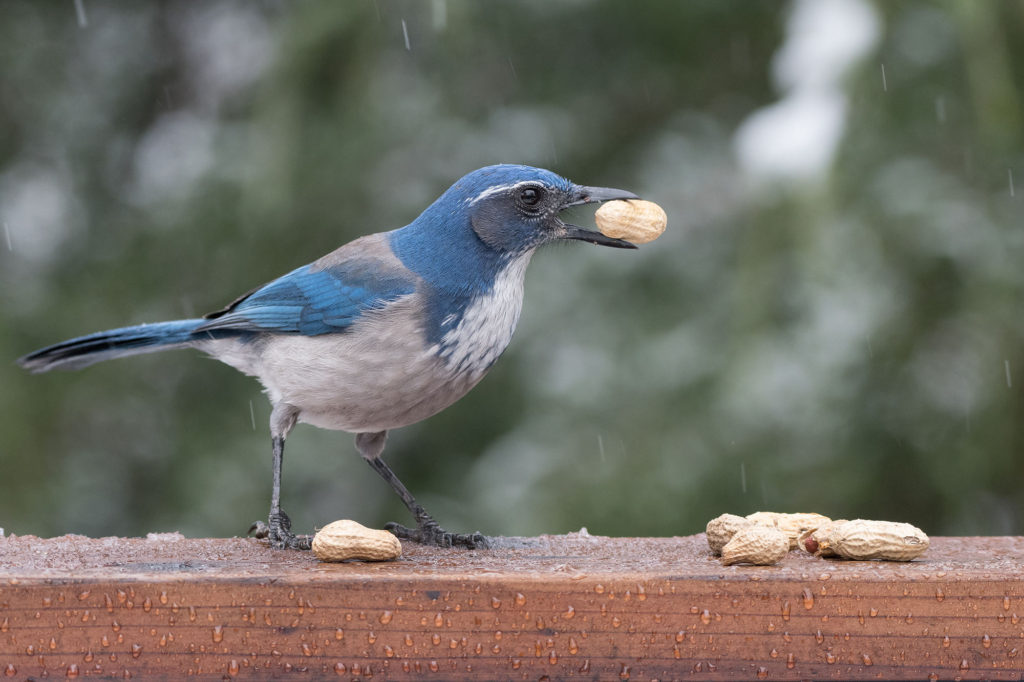
Birds Outcomes
-
Provide examples of different bird Orders.
-
Match the beak to the bird, given the bird\’s diet.
-
List the characteristic field markings used to identify birds.
If you are searching for wild vertebrates to study, birds are typically the easiest to find. Put out some seed and water, or sit quietly by a bush, and you are not alone for long.
This section provides a context for birds you may encounter in your studies.
This video uses a field guide to introduce the birds you are likely to encounter.
Bird Orders
There are approximately 46 bird orders. Here is a sample of ones you are likely to encounter.
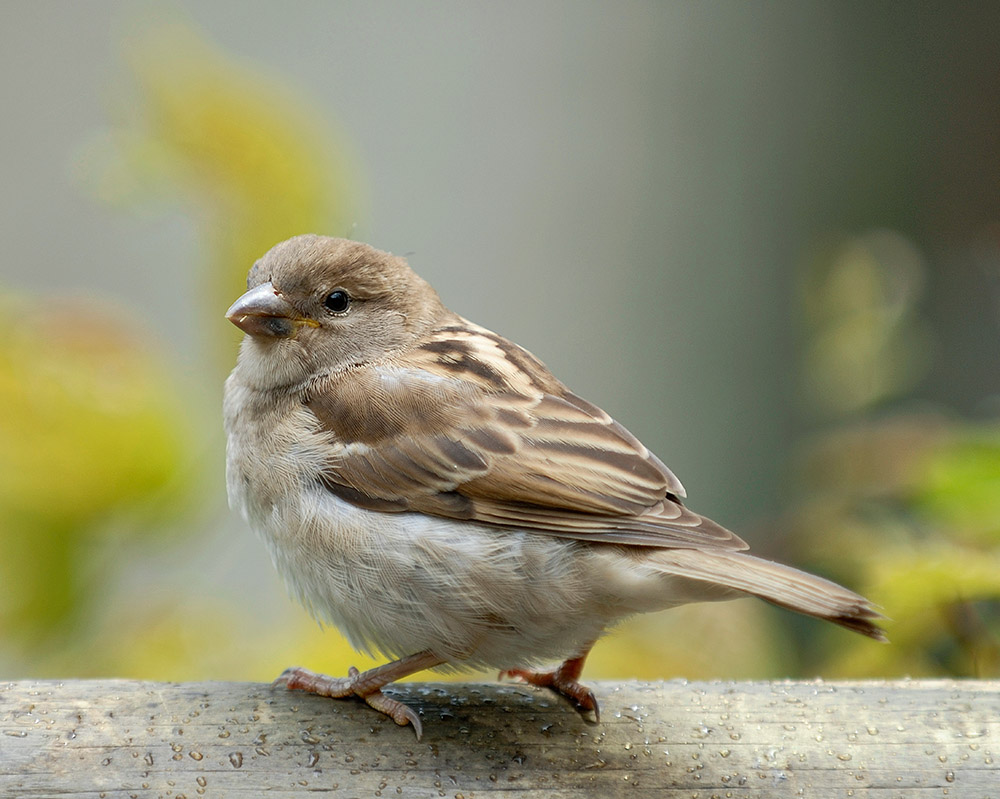
Order Passeriformes
These are the perching birds, sometimes called the \”songbirds.\” These account for over half of all bird species. Sparrows, finches, crows, and more.
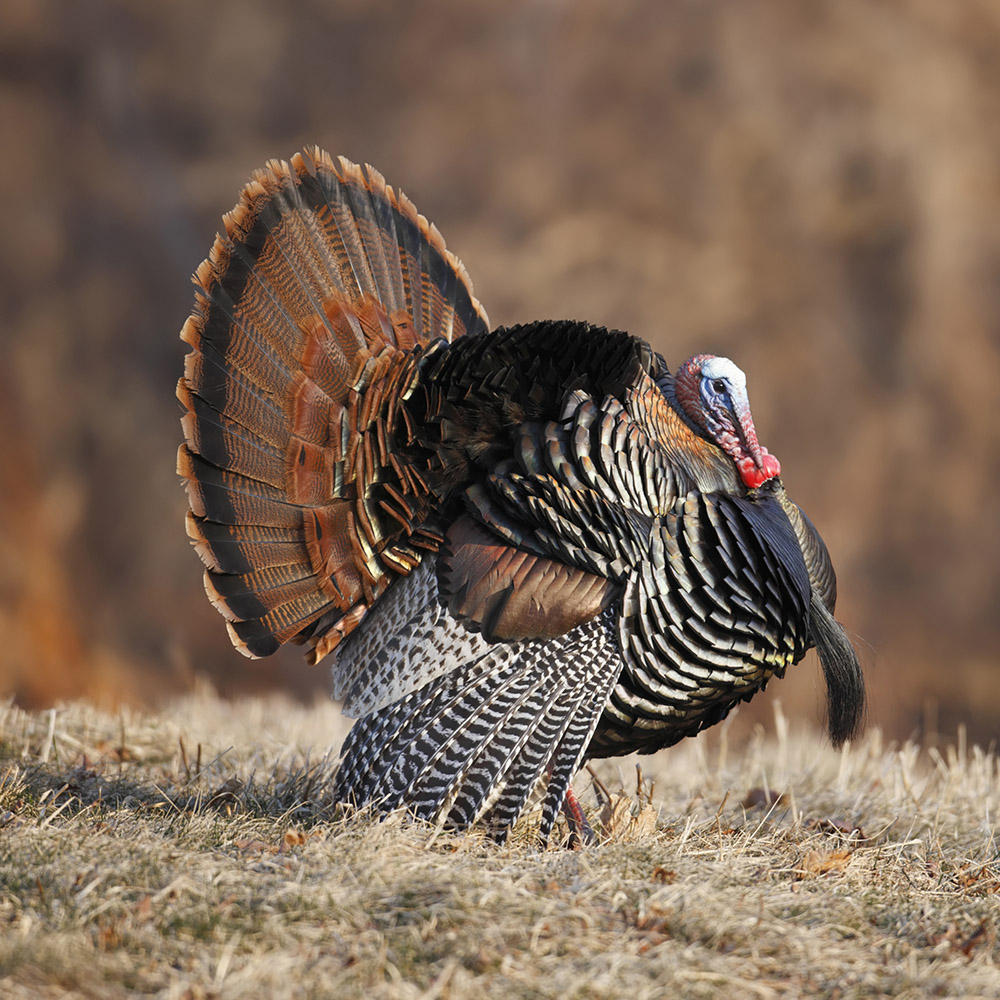
Order Galliformes
Large ground-feeding birds that are significant to humans. Includes turkeys, quail, pheasants, and chickens.
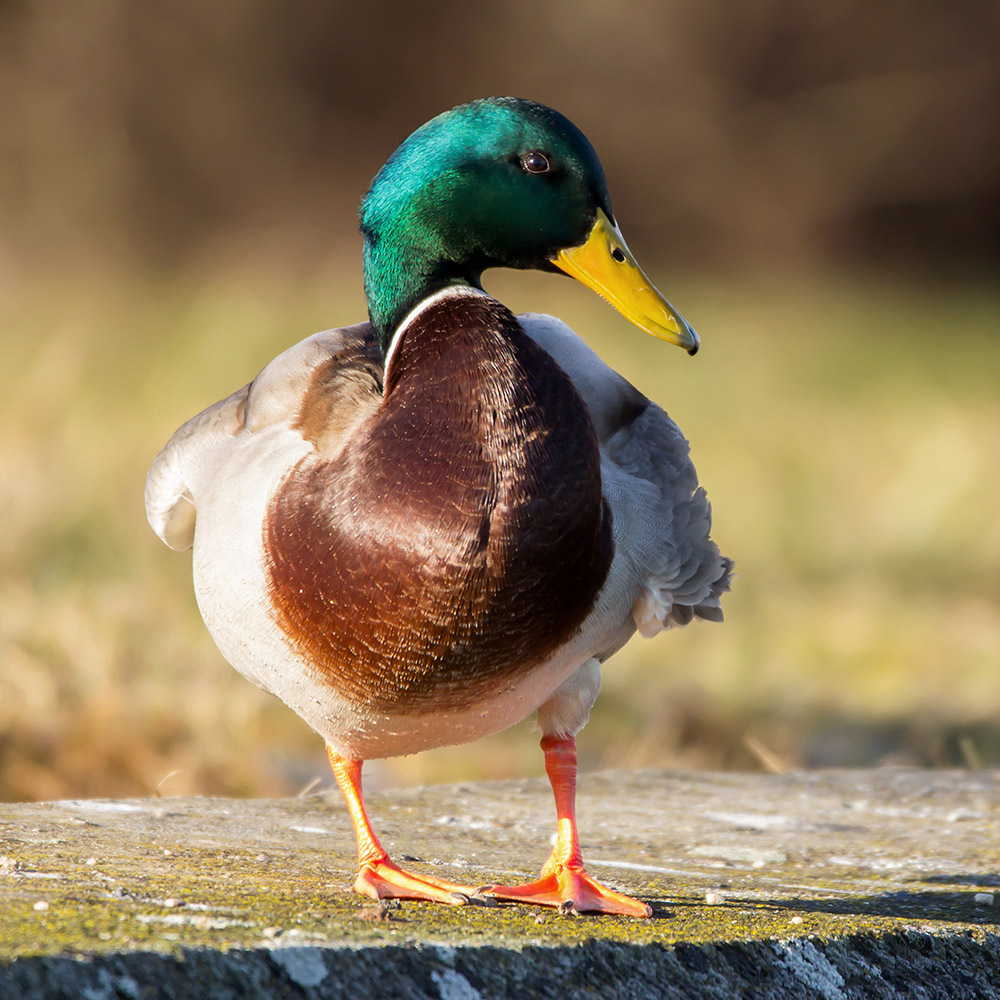
Order Anseriformes
Includes many of the waterbird species, including ducks, geese, and swans.
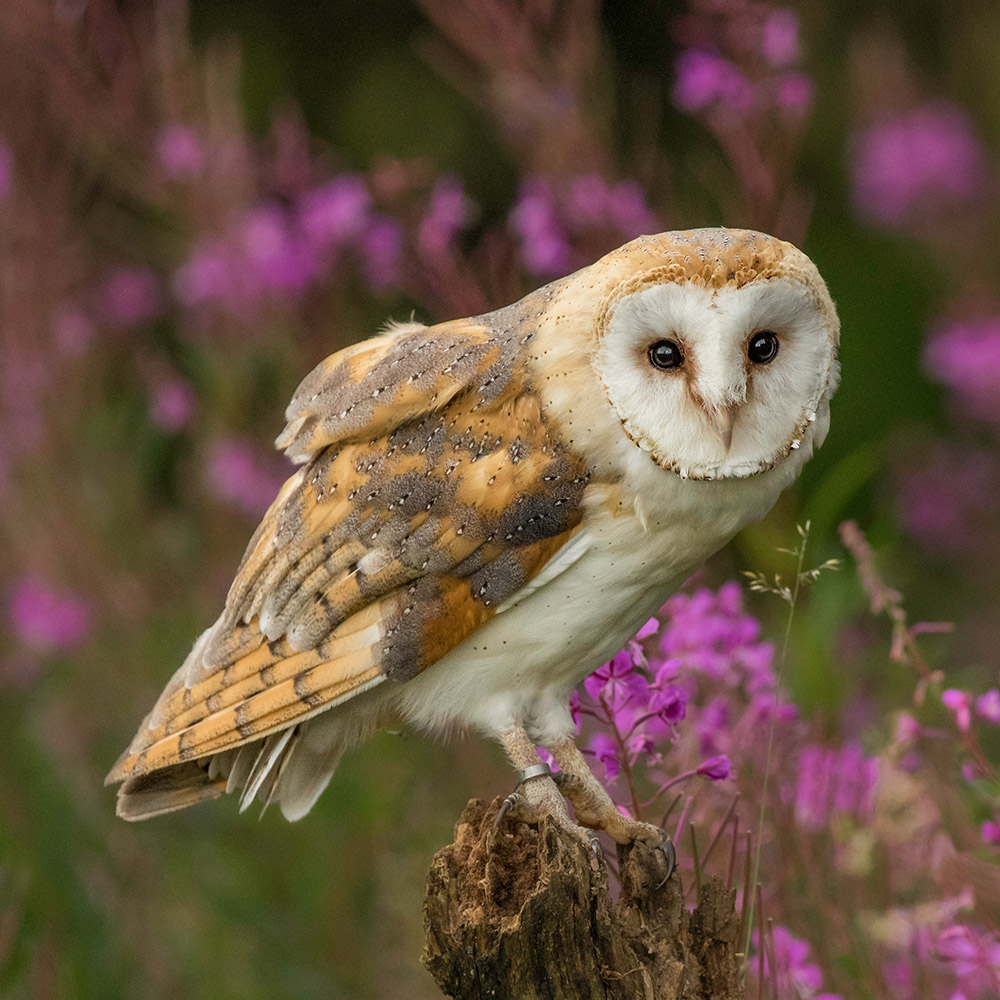
Order Strigiformes
Unique body form and binocular vision, these are the owls.
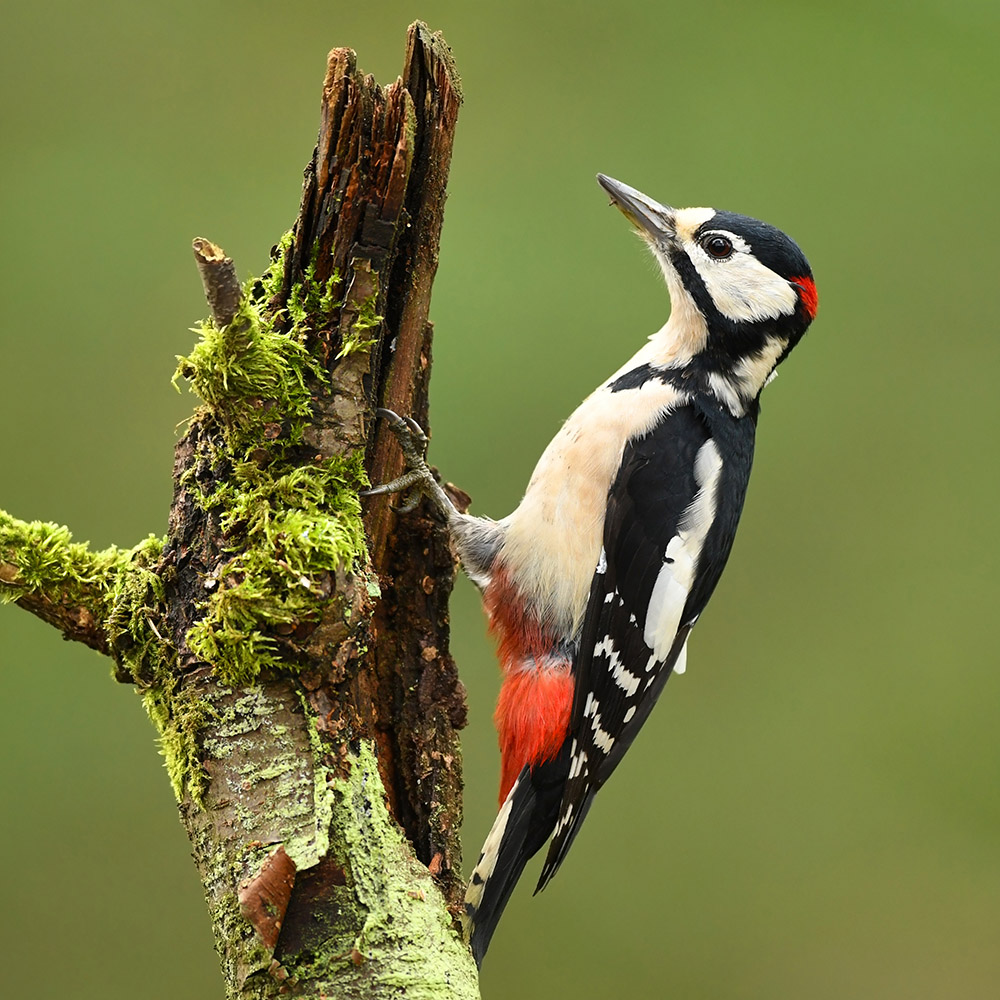
Order Piciformes
Parrot-like feet that used to hang on to vertical surfaces, this order includes the woodpeckers.
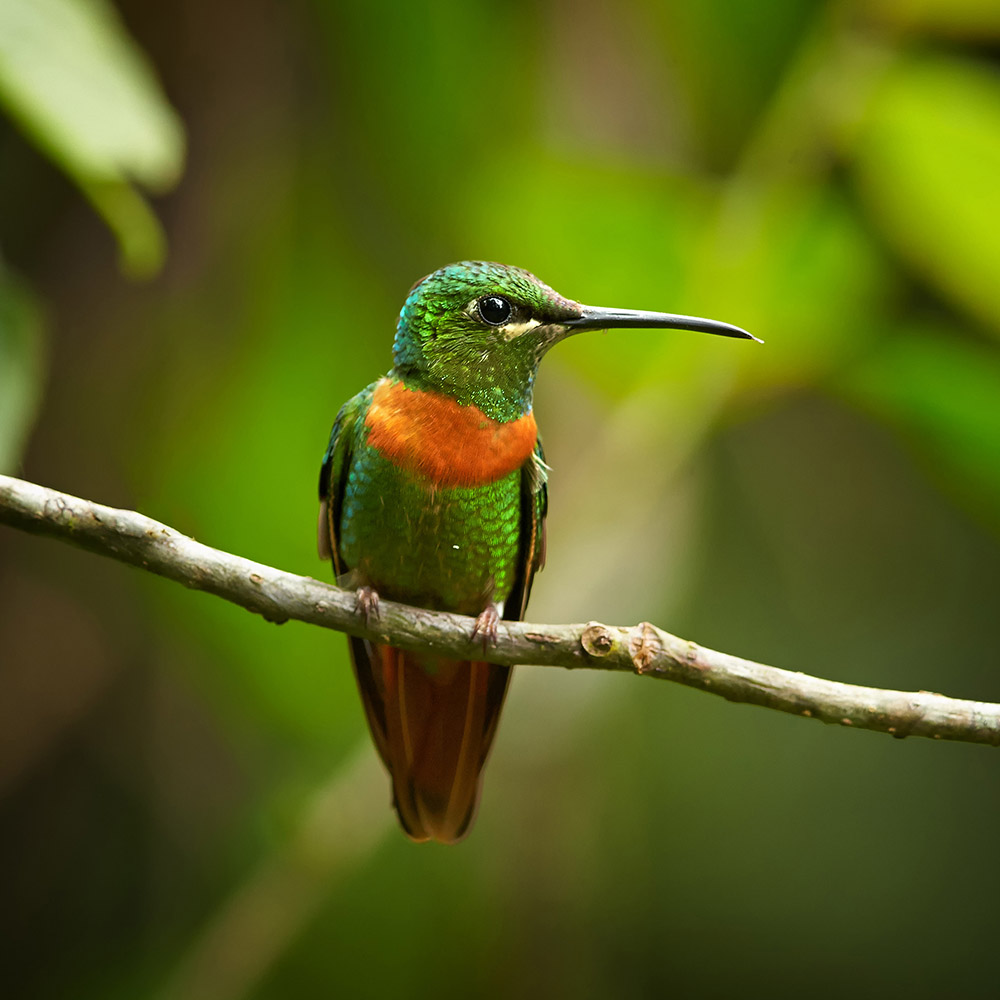
Order Apodiformes
Small birds with nectar-feeding beaks. These are the hummingbirds.
Science teaching and learning depends on preserved specimens, replicas, models, and illustrations. We are using a combination of these to introduce the relationship between bird beaks and the food they eat.
Birds need an enormous amount of energy to sustain flight. This video introduces differences in beaks between meat-eating birds and birds that eat high-energy seeds and nectar.
The figurine models are high enough quality to demonstrate relative beak shape and size.
These preserved specimens show three dramatically different beak types.
Note: these specimens are 20+ years old, so in this case Lesley isn\’t wearing gloves, although cloth \”curatorial\” gloves would be appropriate to minimize specimen damage.
In this video beak types are demonstrated using replicas. Replicas are often cast from real specimens, using materials that are less likely to fall apart. They also make it possible to work with structures like toucan and osprey beaks that you would not be able to collect.
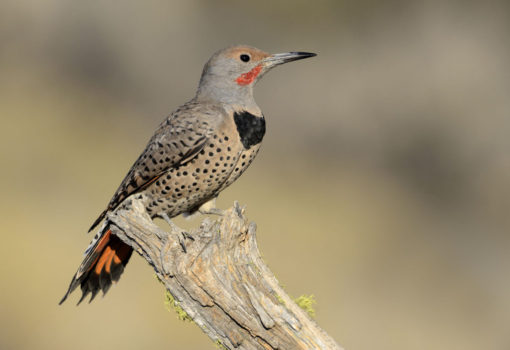
To quickly identify species, you can use and modify this set of characteristics:
-
Habitat (location)
-
Size
-
Shape
-
Field Marks (distinctive spots, stripes, colors, overall patterns, and highlights like iridescence)
-
Behavior
Field Marks Practice #1: Preserved Specimen
The easiest way to learn identification is to practice with a photograph or specimen. In this case we do not have habitat or behavioral information, unless it was provided with the specimen or in collection field notes. However size, shape and field marks can be observed.
Field Marks Practice #2: Dead Field Specimen
Even with precautions like hawk shapes taped to your glass windows, you may occasionally end up with dead birds in the garden. It is an opportunity to practice identification techniques.
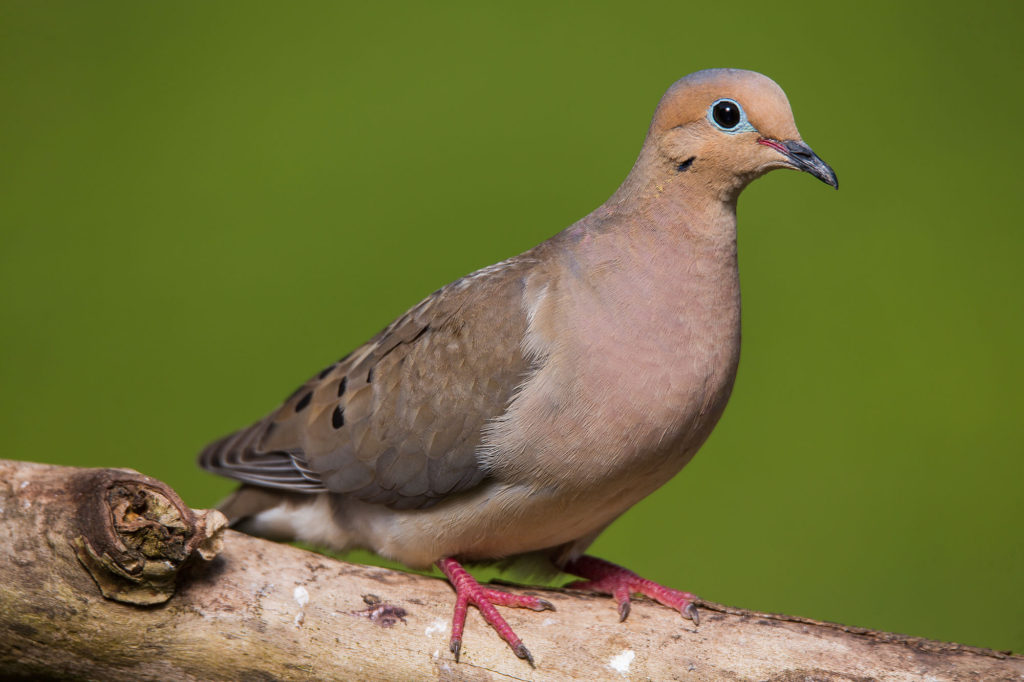
Check your knowledge. Can you:
-
provide examples of different bird Orders?
-
match the beak to the bird, given the bird\’s diet?
-
list the characteristic field markings used to identify birds?